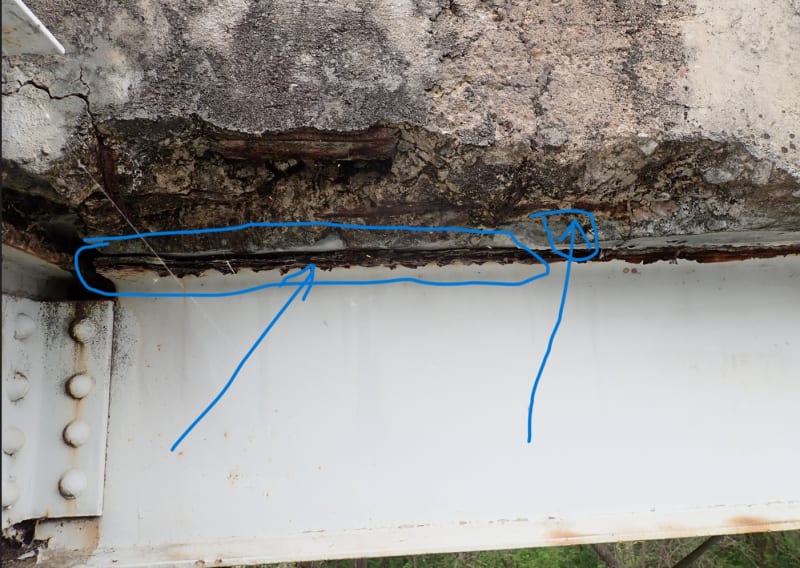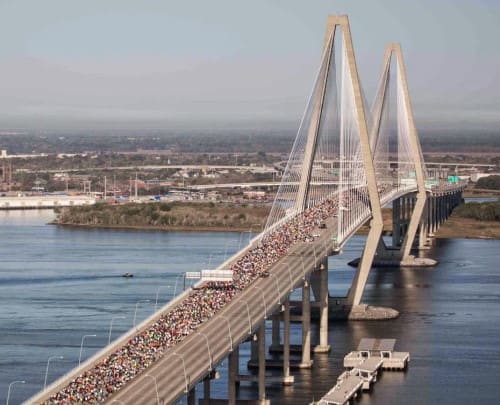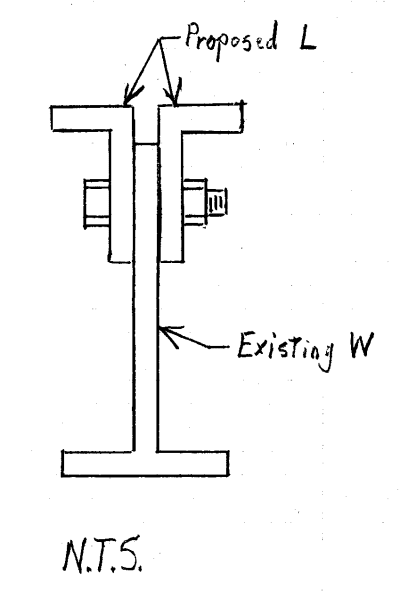Enjoy learning_not working
Structural
Hi everyone,
I would like to get some opinion / inputs on a detail that I have put together for stringer repair on a Truss - Floor beam - Stringer system bridge.
A little background info on the bridge - Very Old Steel Truss bridge, Ard 1910's. Currently closed to traffic and, the repair design is just to serve as a ped bridge. Bridge is in very bad shape (truss elements and gussets deteriorated). The deck on the truss spans (3 spans) will be replaced to meet current standards.
Stringer Deterioration and Repair Info - The top flange of stringers (both fascia stringers) exhibit severe corrosion, lamellar rust and section loss with separation from deck interface clearly visible on some. Since the bridge is very old, kind of trying to avoid welded details as multiple sources say to avoid welded details on very old steel structures, and also from a point of view of trying to make it a better fatigue detail.
So was hoping for inputs / criticism / suggestions on the drawing.
Thank you everyone. Eager to hear responses.
I would like to get some opinion / inputs on a detail that I have put together for stringer repair on a Truss - Floor beam - Stringer system bridge.
A little background info on the bridge - Very Old Steel Truss bridge, Ard 1910's. Currently closed to traffic and, the repair design is just to serve as a ped bridge. Bridge is in very bad shape (truss elements and gussets deteriorated). The deck on the truss spans (3 spans) will be replaced to meet current standards.
Stringer Deterioration and Repair Info - The top flange of stringers (both fascia stringers) exhibit severe corrosion, lamellar rust and section loss with separation from deck interface clearly visible on some. Since the bridge is very old, kind of trying to avoid welded details as multiple sources say to avoid welded details on very old steel structures, and also from a point of view of trying to make it a better fatigue detail.
So was hoping for inputs / criticism / suggestions on the drawing.
Thank you everyone. Eager to hear responses.


![[peace] [peace] [peace]](/data/assets/smilies/peace.gif)

